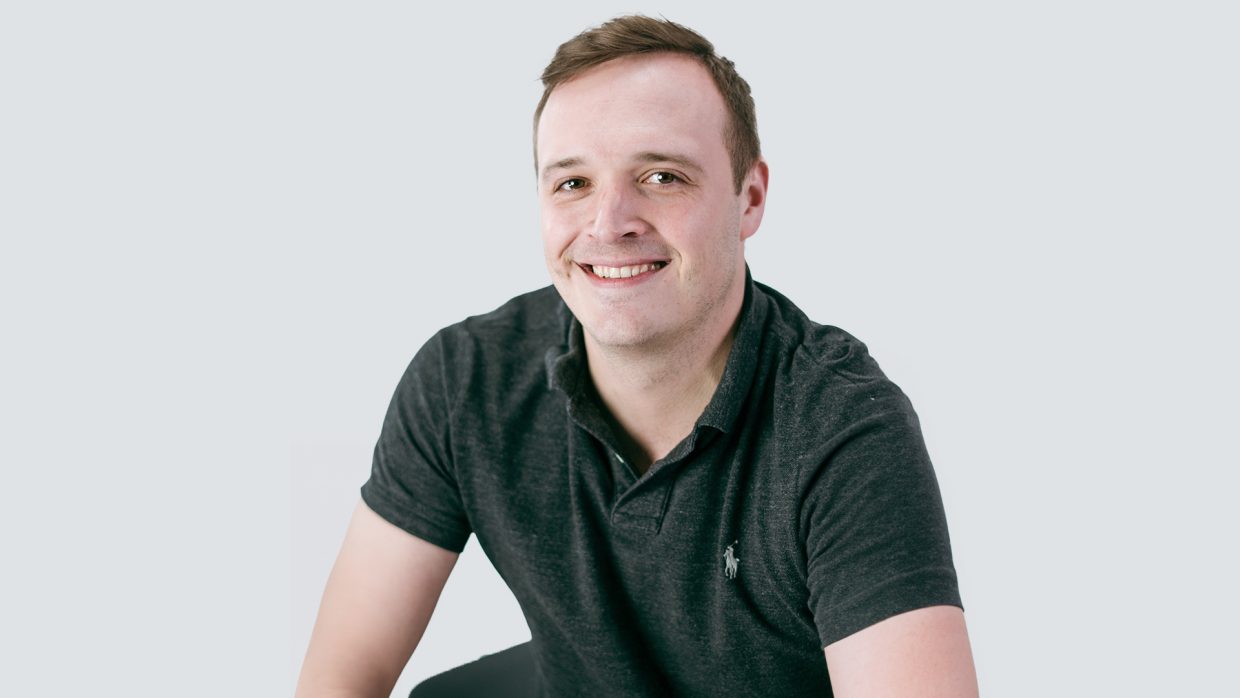Hi Philipp, hi Stella – nice to see you. I hear you’re both busy working on portfolio management again. But this time not in the SAFe framework, but in Flight Levels, right?
Philipp Orlet: First of all, thank you for the invitation and your interest. That makes us very happy. And yes, you heard right. We are currently implementing Flight Level 3, i.e., the strategy or portfolio level for a customer.
Sounds exciting. But tell me: Flight Level or Flight Level 3 – what is that anyway?
Stella Büchele: In the world of agile management, there are numerous methods and frameworks that aim to increase the efficiency and effectiveness of organisations. Two prominent approaches include Klaus Leopold’s Flight Level Framework and the leading scaled framework SAFe from Scaled Agile Inc (SAI). SAFe is a very comprehensive, detailed framework that aims to implement agility at company level through a structured and prescriptive approach. It provides specific roles, processes, activities and artefacts that organisations can use to extend agile practices beyond individual teams and apply them on a large scale. The Flight Levels Framework is much less prescriptive and focuses more on coordination and collaboration between teams to promote overall organisational agility. Importantly, both SAFe and Flight Levels broadly divide organisations into three levels of scaling and both methodologies offer approaches to help management handle their business portfolio.
What are these levels and what distinguishes them?
Philipp Orlet: That can actually be summarised quite quickly. Flight Level 1 (Team Level) deals with the work of individual teams. This is about optimising processes and workflows at team level, often by implementing Kanban or Scrum. At Flight Level 2, several teams are coordinated. The main goal is to optimise the flow of work between teams to avoid bottlenecks and ensure efficient delivery across team boundaries. The top level (portfolio level) focuses on selecting and prioritising the right initiatives for the entire organisation. It is about ensuring that the organisation is working on the right topics that offer the highest value to the organisation in terms of, for example, business value or opportunity enablement.
Understood. But the comparison to SAFe is quite obvious with this explanation, don’t you think?
Stella Büchele: That is a valid point, but only at first glance. Lean Portfolio Management is an integral part of the Scaled Agile Framework and aims to establish agility at portfolio level. It comprises principles and practices for managing investments, defining portfolio flows and governance. The main differences to the Flight Level Framework lie in its structural integration and methodology. While SAFe offers a comprehensive, detailed framework with specific roles, artefacts and processes, the Flight Level Framework is more flexible and can be more easily adapted to the specific needs of an organisation.
Philipp Orlet: Exactly, Stella. I would like to add that LPM is strongly embedded in the extensive SAFe ecosystem, which includes a wide range of tools and practices for organisations to facilitate scaling. In contrast, the Flight Level Framework is independent of specific agile methods and focusses more on improving workflow and communication across different levels.
Is that also the reason why some organisations opt for Flight Level Logic and not SAFe, for example?
Philipp Orlet: Well, the Flight Level Framework is known for its high degree of flexibility. It provides a framework that can be tailored to almost any organisational situation, regardless of size or industry. Organisations that prefer specific, customised solutions or that already have established processes but do not want to completely redesign them will often find the Flight Level Framework a more suitable option. In addition, the simplicity of the framework makes it easier to empower employees and thus facilitates implementation despite day-to-day business.
Are there any other reasons?
Stella Büchele: Organisations that already have functioning structures and processes may prefer to use a framework that can be better integrated into these structures without having to completely overhaul them. The Flight Level Framework makes it possible to build on existing systems and improve them instead of replacing them. This can lead to less resistance during the implementation and increase acceptance among employees. In addition, due to its high flexibility and simplicity, the Flight Level Framework is often implemented more quickly than SAFe, which can require extensive training and far-reaching organisational changes. Companies that are looking for quick improvements or do not have the resources for a lengthy implementation phase will therefore generally prefer the Flight Level Framework.
And what about your current project? Does the theory match the practice?
Philipp Orlet: Absolutely. In one of our current projects at a company with around 800 employees in the energy sector, we have therefore deliberately decided against excessive theoretical empowerment, but are also pursuing a very pragmatic approach in this project – entirely in the spirit of #good enough for now, safe enough to try. The basis of our work is always a very well-founded and yet highly regulated analysis phase, which on the one hand consists of the inspection and evaluation of existing structures. On the other hand, we place great emphasis on assessing the organisation and its employees themselves.
Stella Büchele: That’s right, Philipp. Some of the questions we ask the relevant stakeholders based on a well-founded stakeholder analysis are “In your opinion, what characterises a good portfolio management process?” or “Looking back, how would you recognise that the introduction of Flight Level 3 was successful?” Together with the customer, we then derive the transformation backlog from that point and prioritise the most important topics for implementation in the first expansion stage of the process – Evo 1.

Sounds like a plan. And what about the challenges? I’m sure there still are some, right?
Stella Büchele: Of course. It would be strange if there weren’t, right? In my experience, any change, no matter how small, can provoke resistance. Especially if the significance of the change is not clearly communicated or those involved do not feel included. That’s why continuous integration of the customer or organisation is an integral part of our work. In addition, the existing structures and processes often pose a real challenge. In other words: The meaningful linking of existing waterfall processes, such as the product development process with an iterative approach at portfolio level, definitely does not come without challenges. Defined roles and responsibilities in the line are another critical success factor. If no one in the customer organisation can take over the baton after the successful completion of the project and the end of the assignment period, the work and time invested will have been largely wasted. This is why we raise awareness at the start of the project to ensure that appropriate measures are derived, and roles are defined.
Phillipp Orlet: I couldn’t agree more, Stella. It doesn’t work without a clean handover to the line. The same also applies to clearly definable work packages that can be continuously handed over to the organisation. A big bang is absolutely inadvisable here, as change can only ever take place gradually and therefore sustainably. And this is completely independent of the scaled framework – be it LeSS, SAFe or Flight Level Logic.

Sounds plausible. And finally, would it be possible to draw a conclusion? Which framework would you recommend? Or is there a general right or wrong?
Philipp Orlet: Let me put it this way: the choice between the Flight Level Framework and SAFe depends heavily on the specific needs, culture, and goals of an organisation. In the end, the bait must always taste good to the fish and not the other way round. From our point of view, SAFe offers comprehensive and super holistic solutions for large organisations aiming for a profound agile transformation. For medium-sized and smaller organisations that don’t want to spend the big bucks, the Flight Level Framework offers a flexible and simple alternative that can be easily adapted to a variety of organisational contexts.
Great – thank you for your time and see you soon with new inspiring inputs and many insights from the world of exciting portfolio management.






